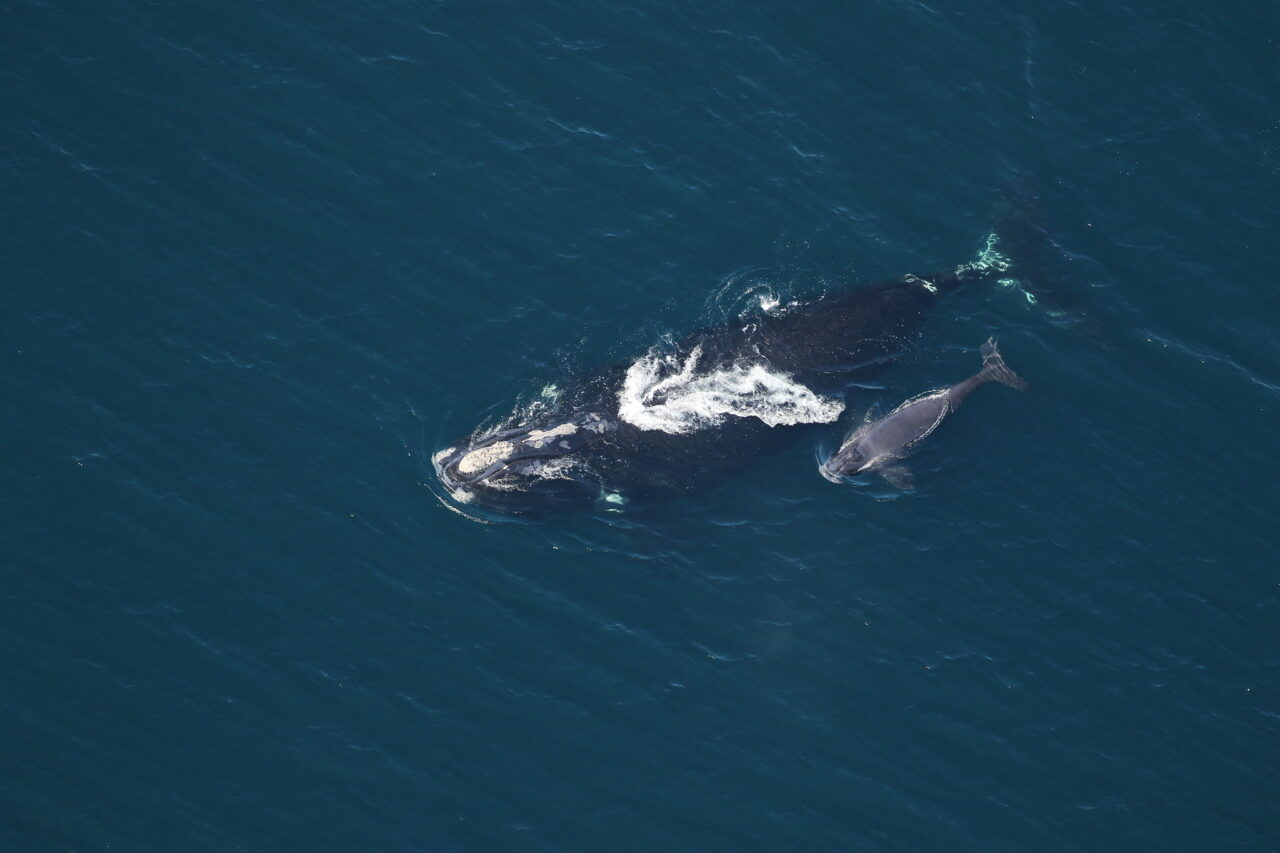
Don’t call them “proposals,” but four draft packages arose this week in high-level brainstorming sessions among scientists and fishers on the National Oceanic and Atmospheric Administration’s (NOAA) Atlantic Large Whale Take Reduction Team.
The task force’s purpose is to lead the effort to save North Atlantic right whales from extinction.
The ultimate goal is a 90% risk reduction to North Atlantic right whales in U.S. waters.
“It’s mandated by the Marine Mammal Protection Act, so this isn’t optional,” said Colleen Coogan, branch chief for the Marine Mammal and Sea Turtle Team in the Protected Resources Division of the NOAA Fisheries Greater Atlantic Regional Fisheries Office. “This is a legal mandate.”
The point of these meetings isn’t to reach consensus, but to build and test packages for risk reduction measures.
“We realize that this process we’re working through is pretty hard to keep up with,” Coogan said. “Part of the reason we scheduled for next Friday was for the next week, people can digest, look back on what we did this week before” selecting packages to test.
Then in the next month, team members can work on, modify and rethink these packages before meeting and making recommendations in November.
There are fewer than 70 calving female North Atlantic right whales believed to be alive. In all, scientists believe there are fewer than 340 total North Atlantic right whales remaining.
NOAA Fisheries is ultimately responsible for implementing a plan that will satisfy the mandates, and now through November is when experts have their best opportunity to shape what measures will become a new federal proposed rule sometime next year.
Package 2, which involved seasonal coastwide closures, brought the Southeastern calving grounds into the discussion.
“The goal of this package was two-fold,” modeler Laura Solinger said. “The first was to remove the least amount of gear possible while also reducing risk, and then to have the least modifications to gear as possible. Some (take reduction team) members have expressed concern with how those modifications would be implemented and the safety thereof.”
Solinger rolled out a slide that modeled a seasonal closure for all state and federal Atlantic fisheries in January and February in areas where whales and fishing gear can be expected, fully encompassing calving grounds off Northeast Florida and Southeast Georgia.
An all-fishery closure would run from Maine down to the border of the Carolinas from December through April.
Within the model, exempted waters aren’t included and gear can redistribute.
“While that map was quite scary, I’m sure, the point to get here is an 85% reduction in co-occurrence (of whales and gear) and a 90% reduction in risk is only associated with a 27% reduction in gear,” Solinger said.
That number is coastwide — Solinger’s data shows that in the Southeast, there would be a 27% gear reduction, a 50% line reduction and an 86% reduction in co-occurrence.
“What this tells you is because we’ve allowed the gear to move and we’ve just closed the areas where the whale risk is so high, what we’ve been able to do is keep 73% of that gear in the water,” Solinger said.
“While that’s scary, we made sure to make everything we could do for that gear to stay in the water.”
The package didn’t attract a lot of support in the team’s small group meetings, although one person reportedly said it was their favorite of those presented.
“We started on proposal No. 2,” said Bennett Brooks, senior mediator with the Consensus Building Institute. “That was pretty roundly not supported. I think that was pretty equally distasteful.”
Coogan said in her group, people suggested states take the lead on designing policy if there are to be trap/pot and gillnet closures associated with right whales transiting through state waters. North Carolina commercial fisher Charlie Locke proposed that going forward, it may be better to consider dynamic area closures versus seasonal closures, only putting in the restrictive measures after observers spot whales in the area.
The third of the fortnight’s three Take Reduction Team meetings is set for Sept. 30, virtually, at 10 a.m.



